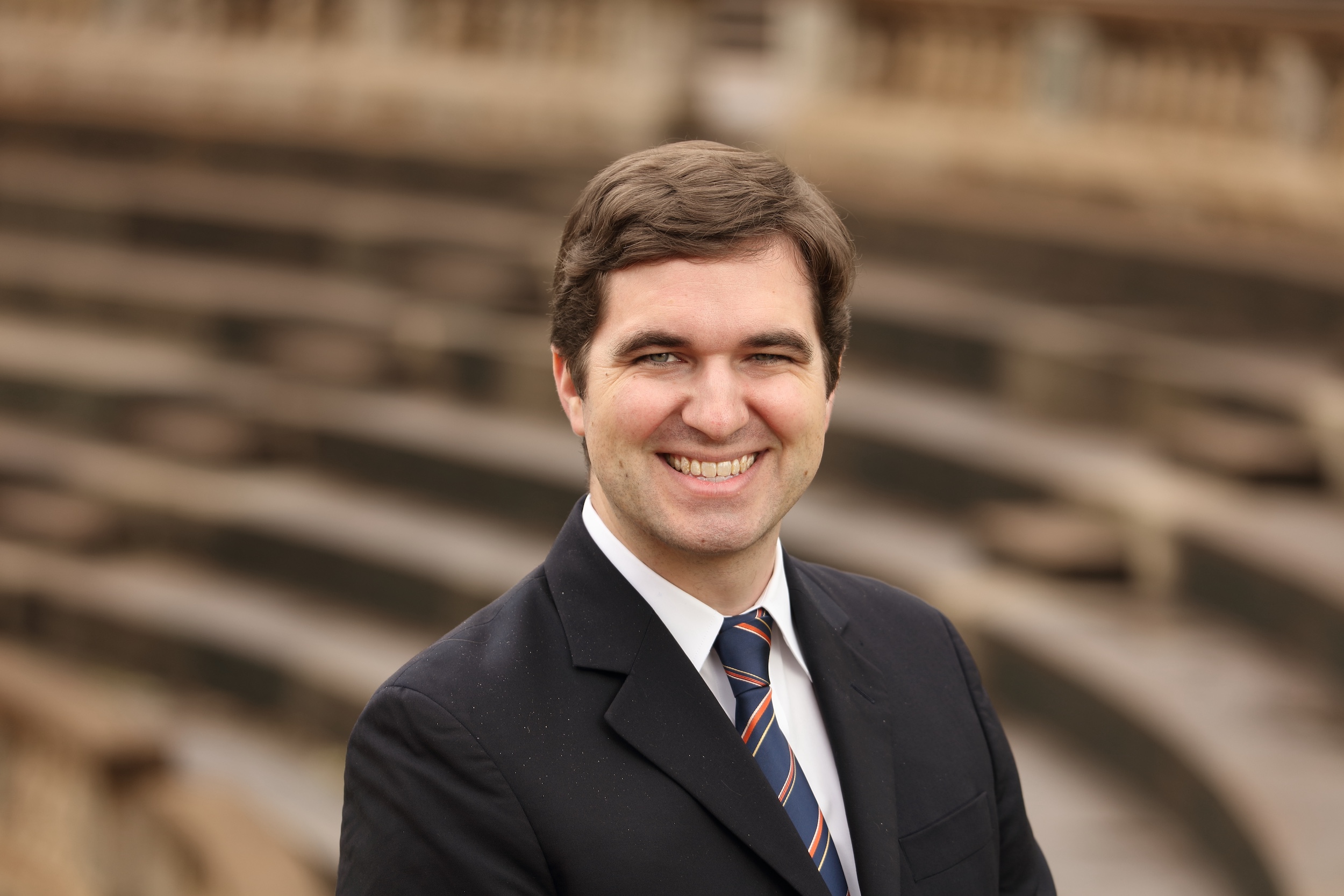Tom Wickham: A Guide to the Major Issues on Congress’s Opening Day
As the 118th Congress gets underway, the Center for Effective Lawmaking is taking the opportunity to present insights from Tom Wickham, Senior Vice President of state and local policy at the U.S. Chamber of Commerce; he is also a Member of our Advisory Board. Previously, he was the Parliamentarian of the U.S. House of Representatives, where he served in the Parliamentarian’s Office for 25 years, and helped referee 14 different elections for Speaker and advised on all aspects of House procedure. Below he provides a basic guide to some of the thorniest issues on the opening day of the House on January 3.
Multiple Ballots For Speaker?: The Speaker is elected by an alphabetical call of the roll of Members-elect with each Member-elect responding with the surname of their choice. The Democratic and Republican Conferences each nominate a candidate, but Members-elect can vote for anyone they choose, vote “present,” or not vote at all. The election of the Speaker is the first business of the House and occurs before Members are sworn in. It is by design the longest (usually 90 minutes for the vote itself) and the most personal of the votes in the House.
To be elected Speaker, an individual must receive a majority (not a plurality) of all the votes cast. With 434 members (there is one vacancy due to the death of Rep. Donald McEachin (D-VA)), if every Member-elect votes for a candidate by name, then a majority is 218 votes. If, however, Members-elect do not vote or vote “present,” that reduces the number required to win. Speakers Boehner and Pelosi both won with only 216 votes.
If no candidate receives a majority, the House votes again. The last election for Speaker that went multiple ballots occurred 100 years ago in 1923 and it took nine ballots over three days.
One thing to watch for in a multiple ballot scenario is what, if anything, happens between votes. While no other business can take place until the House elects a Speaker there are various paths forward in the election process:
- Rep. Elise Stefanik (R-NY), who is the incoming Republican Conference Chair and the first person recognized during the process could simply renominate Speaker-designate Kevin McCarthy (R-CA) and voting could commence while negotiations take place on the House floor or in the cloakroom just off the floor.
- Rep. Stefanik or another Member-elect could make a motion to adjourn until a set time to allow negotiations to occur behind closed doors. A motion to adjourn requires a majority to pass so either Democrats or hold-out Republicans would presumably have to help pass the motion.
- Rep. Stefanik or another Member-elect could offer a motion to change the voting process (e.g. secret ballot, allow a plurality winner, or other vote shortening process), but again all of these motions would require the support of a majority of members meaning that either Democrats or hold-out Republicans would have to support the change. This kind of vote is also rare with the last procedural vote occurring during a Speaker vote in 1997 when Democrats unsuccessfully moved to delay the election of Speaker Newt Gingrich (R-GA) until the completion of an ethics investigation and elect an interim-Speaker.
Oath Challenges / Expulsion: There has been much scrutiny surrounding Representative-elect George Santos (R-NY) and his finances and biography. Even with these questions, he will have the same constitutional standing (and right to vote) as his 433 colleagues on opening day on January 3. There is a formal process for challenging his right to take the oath but it has not been used since 1985. This is because that challenge process is available to any Member-elect to challenge any other Member-elect and leaders have feared “mutually-assured destruction” as challenge after challenge would be lodged from both sides of the aisle.
Some have asserted that Mr. Santos could be expelled after taking the oath. As soon as Members are sworn on opening day, a resolution of expulsion could be offered. The Constitution requires a 2/3rds vote for expulsion and a Member has not been expelled from the House since 2002. The House could defer action on expulsion until the House Committee on Ethics or U.S. Department of Justice acts. There are also off-ramps available to the House with secondary motions like tabling the resolution or referring it to committee.



